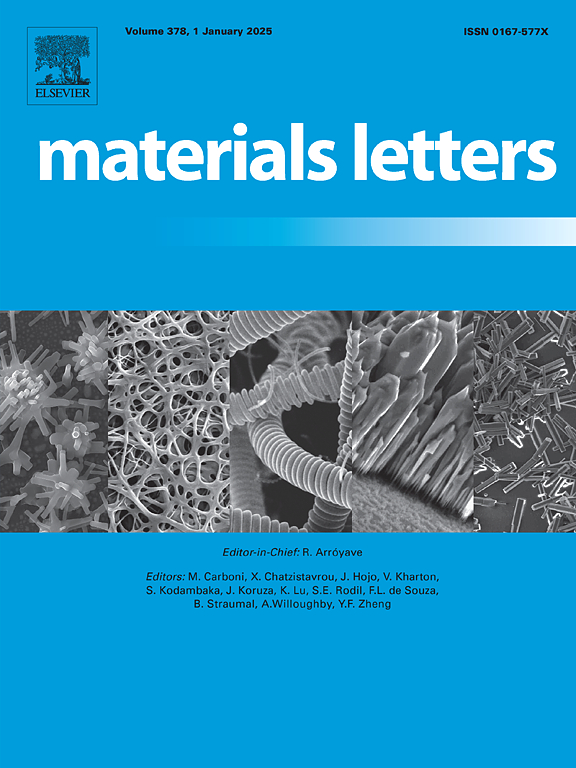Molecular insight into the corrosion resistance and tribological properties of poly(aspartic ester) polyurea cured with different curing agents
IF 2.7
4区 材料科学
Q3 MATERIALS SCIENCE, MULTIDISCIPLINARY
引用次数: 0
Abstract
Molecular dynamics (MD) simulations are adopted to investigate the relationship between the molecular structure of isocyanate curing agents and the corrosion resistance and tribological properties of the poly(aspartic ester) (PAE) polyurea coating. Dimer, trimer and silane modified trimer isocyanates (S-trimer) were used as curing agents. The microstructure of the PAE polyurea is revealed by cohesive energy density and free volume. The diffusion behavior of corrosion media and adhesion strength on iron substrate are utilized to estimate the anticorrosion performance. Three-layer friction structures are constructed to analyze the tribological behavior. According to the results, the compactness, adhesion force, and cohesive energy density follow the order of S-trimer > trimer > dimer systems. The S-trimer system has the lowest free volume, resulting in a weaken diffusion ability of corrosive media. A jump diffusion mechanism for the transport of corrosive media is proposed. The silane modification improves the intermolecular interactions and electrostatic interactions, which enhances the wear resistance of the polyurea coating.
求助全文
约1分钟内获得全文
求助全文
来源期刊

Materials Letters
工程技术-材料科学:综合
CiteScore
5.60
自引率
3.30%
发文量
1948
审稿时长
50 days
期刊介绍:
Materials Letters has an open access mirror journal Materials Letters: X, sharing the same aims and scope, editorial team, submission system and rigorous peer review.
Materials Letters is dedicated to publishing novel, cutting edge reports of broad interest to the materials community. The journal provides a forum for materials scientists and engineers, physicists, and chemists to rapidly communicate on the most important topics in the field of materials.
Contributions include, but are not limited to, a variety of topics such as:
• Materials - Metals and alloys, amorphous solids, ceramics, composites, polymers, semiconductors
• Applications - Structural, opto-electronic, magnetic, medical, MEMS, sensors, smart
• Characterization - Analytical, microscopy, scanning probes, nanoscopic, optical, electrical, magnetic, acoustic, spectroscopic, diffraction
• Novel Materials - Micro and nanostructures (nanowires, nanotubes, nanoparticles), nanocomposites, thin films, superlattices, quantum dots.
• Processing - Crystal growth, thin film processing, sol-gel processing, mechanical processing, assembly, nanocrystalline processing.
• Properties - Mechanical, magnetic, optical, electrical, ferroelectric, thermal, interfacial, transport, thermodynamic
• Synthesis - Quenching, solid state, solidification, solution synthesis, vapor deposition, high pressure, explosive
 求助内容:
求助内容: 应助结果提醒方式:
应助结果提醒方式:


